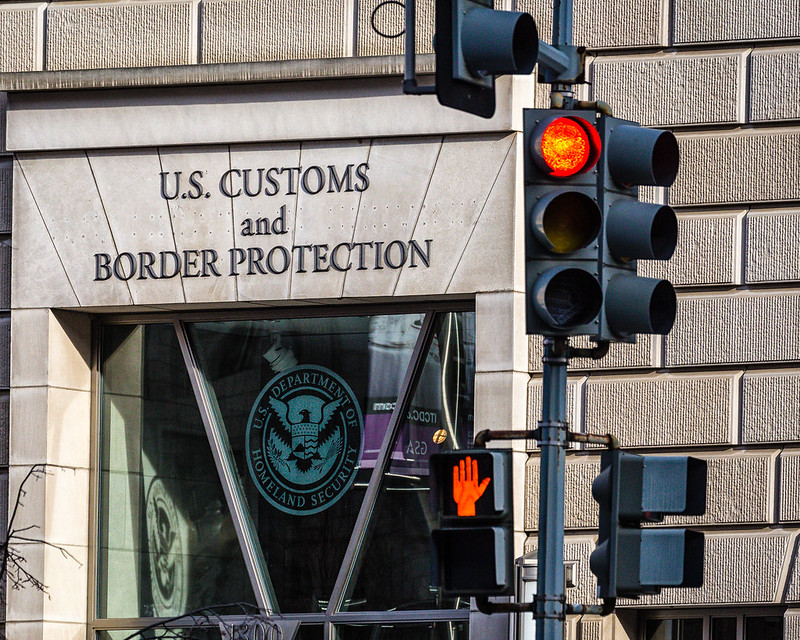
The Trump administration has staged its latest move against solar imports, preserving PV tariffs even as it temporarily scrapped them for other importers.
In recent days, the US president signed an executive order allowing the US Treasury to suspend for about three months the duties, taxes, and fees applied to US importers, a segment the government believes has faced “significant financial hardship” as COVID-19 cases spiralled nationwide.
Try Premium for just $1
- Full premium access for the first month at only $1
- Converts to an annual rate after 30 days unless cancelled
- Cancel anytime during the trial period
Premium Benefits
- Expert industry analysis and interviews
- Digital access to PV Tech Power journal
- Exclusive event discounts
Or get the full Premium subscription right away
Or continue reading this article for free
In changes presented alongside the federal agency for customs and border protection (CBP), the US Treasury explained the 90-day deferment period will not extend to goods covered by Section 201 (solar tariffs), Section 232, Section 301 and antidumping and countervailing duties (AD/CVD).
Along with all other aforementioned categories, the payments and deadlines for Section 201 tariffs and fees for solar imports – currently 20% but set to decline to 15% on February 21 – will remain unchanged, the US Treasury and CBP said.
Rolled out by the Trump administration in 2018, the Section 201 duties have long been resisted by US downstream solar players, amid talk of “devastating harm” for the industry. US official reviews have produced a mixed picture on their effectiveness, finding that domestic manufacturers – particularly cell makers – have continued to face extensive losses despite the import barriers.
Trump doubles down on PV tariffs as sector jobs take hit
The decision by the US Treasury and CBS marks the latest instance of solar being left out from federal COVID-19 aid. Last month, attempts to include renewable support in a bipartisan US$2 trillion relief package proved unsuccessful.
Trump’s willingness to retain solar import tariffs at a time of economic downturns comes amid parallel efforts in his administration to extend the barriers to bifacial. In recent days, the US Trade Representative (USTR) has restated its plans to scrap bifacial’s exemption, which it itself had introduced last June.
As reported by PV Tech this week, the USTR’s intention to remove the Section 201 reprieve for two-sided solar components cannot materialise until an injunction, granted by the courts last year, is lifted. Court documents from February 2020 show the lawsuit pitting Invenergy and others against the US administration is still awaiting final judgement.
Every passing week since the COVID-19 first struck the US has seen new statistics and forecasts come to light, painting a picture of disruption for the solar industry. From layoffs for US residential players to dampened growth prospects for utility-scale, key segments are all affected.
Analysis by E2, ACORE, E4TheFuture and BW Research Partnership suggested last week that more than 106,000 US clean energy workers filed for unemployment benefits in March 2020 alone, cancelling out job gains the entire sector had seen throughout 2019.
PV Tech has set up a dedicated tracker to map out how the COVID-19 pandemic is disrupting solar supply chains worldwide. You can read the latest updates here.
If you have a COVID-19 statement to share or a story on how the pandemic is disrupting a solar business anywhere in the world, do get in touch at [email protected] or [email protected].






